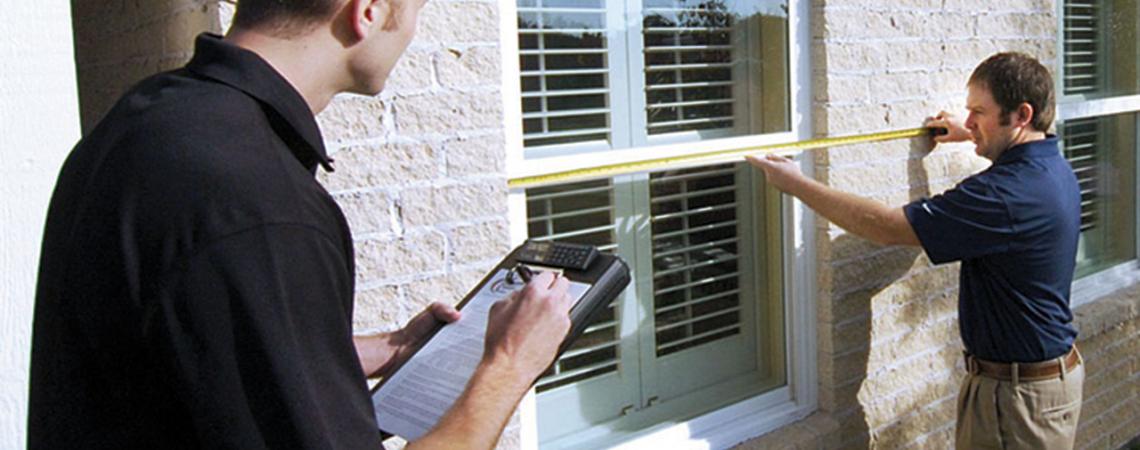Be sure to inspect energy improvements, such as replacement windows, to make sure they are installed properly before you make a final payment.
Last month, I offered tips on how to hire a good contractor, but it’s smart to realize that contractors need to be managed after the hiring is complete.
First, clear communication is critical, because a renovation that includes energy efficiency improvements comes with extra challenges. Identifying a single point of contact will help avoid confusion, conflicts, and cost overruns.
Before the work starts, have a discussion with your contractor about quality. You want the contractor to know that you’ll be carefully overseeing the work and that there may be others involved in this oversight, such as building inspectors, your electric cooperative, or an independent energy auditor. You can discuss the standards of a professional, high-quality job, and you can agree on the points at which the contractor will pause for you or someone you designate to review the work. At a minimum, an inspection should take place before you make an interim payment, and almost all efficiency measures will require a final inspection.
It’s important to maintain good records throughout the process, not only to iron out any miscommunication, but also to provide documentation for inspectors or to qualify for rebates or tax credits.
When the renovation is complete, it may be worth the extra step of having a final audit by a licensed energy auditor. My neighbors were saved from a home renovation disaster when an energy audit revealed that the energy efficiency contractor had failed to produce the promised efficiencies. Once you confirm that the work is 100 percent complete, you can write a check for the final payment, sit back, and enjoy your revitalized, more energy-efficient home.
Pat Keegan writes for Collaborative Efficiency, an energy communications website.









